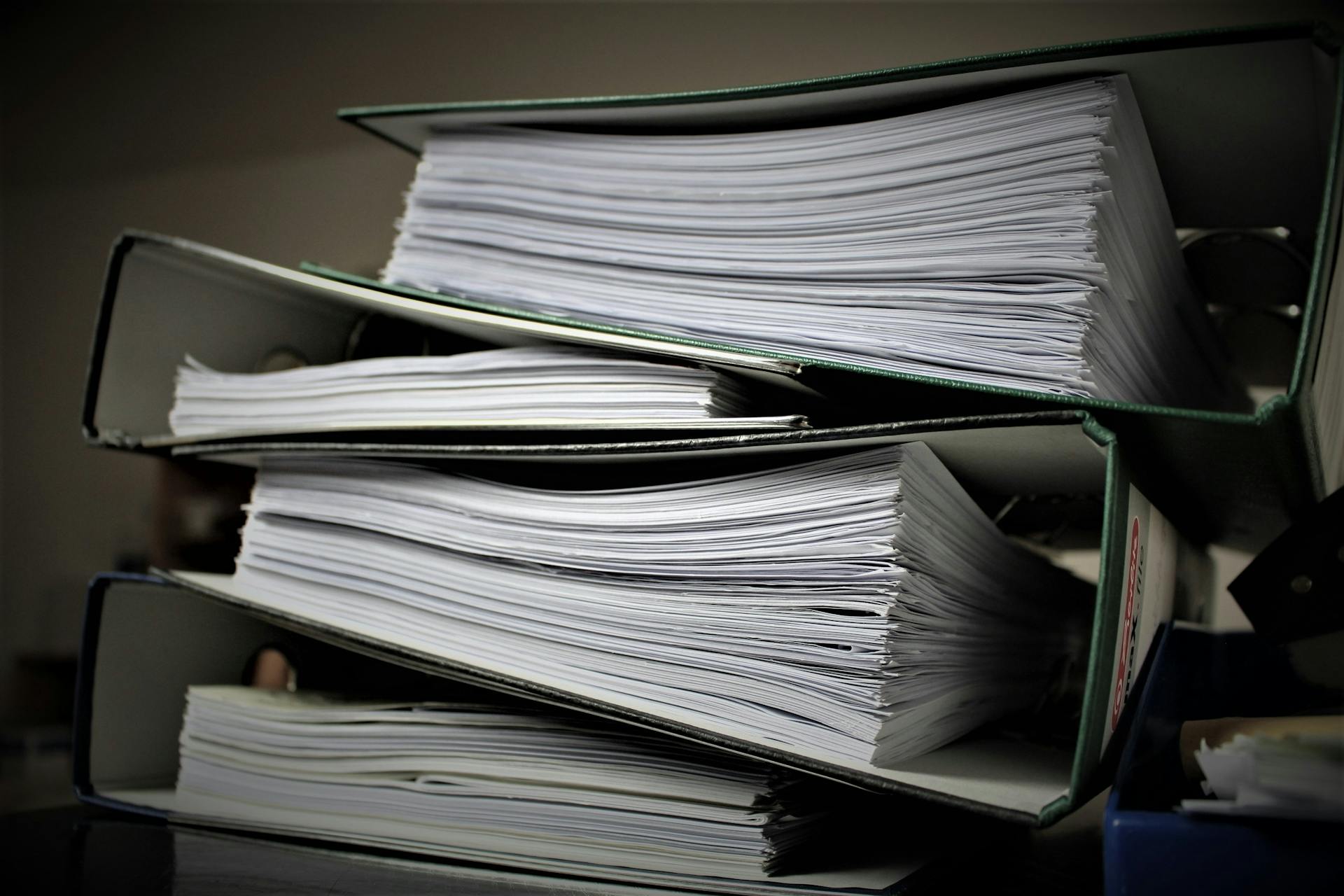
Modern day businesses are handling more data than ever before, and much of this information is sensitive and needs to be properly managed. The best approach to managing this data is to get on top of things early by creating a clear document shredding policy.
If your business doesn’t already have one, now is the time to put one in place. Not only does a shredding policy protect your company from security risks, but it also helps ensure compliance with data protection laws. Implemented correctly it can also boost efficiency and reassures your clients and employees that their information is safe.
In this post we’ll look at some of the essential stages of building a shredding policy that works for your organisation.
Why Your Business Needs a Shredding Policy
A shredding policy is a sort of framework that sets out what needs to be destroyed, when it should be destroyed, and how. Without one, documents can pile up in offices or be disposed of incorrectly, creating unnecessary risks.
A clear approach to shredding prevents sensitive data from falling into the wrong hands and ensures your company stays in line with regulations such as GDPR. It also shows customers that you take their privacy seriously and keeps offices free of paper clutter, which makes day to day work more efficient.
Identify What Needs to Be Shredded
The first step is deciding which types of documents should be destroyed. Many businesses underestimate just how much information on paper is considered sensitive. Employee records, such as payroll or contracts, usually contain personal details that need to be protected.
Customer information such as account details and purchase histories, is another obvious category. Financial documents like invoices, bank statements, and tax records are highly confidential, as are contracts, agreements, and compliance paperwork. Even internal memos or handwritten notes can contain sensitive information. When you are unsure whether a document needs to be shredded, it is often safer to destroy it than to risk a data breach.
Define Retention Periods
Not all documents can be shredded immediately, as some must be kept for legal or operational reasons. Tax records, for example, usually need to be retained for a number of years. Employment contracts must be kept during the period of employment and often for several years afterwards.
Customer files may be stored for the length of a relationship and beyond, depending on your sector. Creating a retention schedule with the help of your legal or compliance team ensures that documents are destroyed at the right time. This schedule should be clearly written, easily accessible, and practical enough for staff to follow.
Establish Shredding Methods
Once you know what to shred and when, the next question is how. Some smaller businesses use standard office shredders, which are adequate for lower volumes of paperwork.
Larger companies often turn to professional services, either through on site shredding, where a mobile shredding truck destroys the documents at your premises, or off site shredding, where documents are transported to a secure facility.
For highly sensitive information, professional services are usually the best option because many providers issue a certificate of destruction, which can be invaluable for compliance purposes.
Here at Squab Shredding we provide confidential document destruction services to households & businesses in Leamington Spa, Warwick, Stratford-upon-Avon, Kenilworth, Rugby, Evesham, Rubery, Stowmarket, Bridgwater and surrounding areas, so be sure to get in touch to see how we can help.
Assign Roles and Responsibilities
Even the most detailed policy will only work if people know who is responsible for carrying it out. Within your business, you’ll need to clarify who decides which documents are ready for shredding, who physically carries out the process or arranges collections with a shredding provider, and who checks that the policy is being followed.
In many companies, a data protection officer or records manager takes the lead, ensuring that accountability is built into the process.
Communicate and Train Staff
A policy is only as effective as the people who use it – employees need to understand the importance of secure document disposal and how to follow the process.
Training should cover what kinds of documents need to be shredded, how to prepare them, and where shredding bins or collection points are located. It is also helpful to let staff know what to do if they are uncertain about a particular document.
Training sessions don’t need to be long or complicated; even a short workshop or a quick reference guide can go a long way towards making the policy part of daily routines.
Monitor and Review Regularly
Like all business policies, a shredding policy should not be static. Business needs evolve and data protection regulations change, so it is important to review the policy at least once a year.
This review should check that retention periods are still accurate, shredding methods remain secure enough for the type of data you handle, and staff are continuing to follow the process. Regular audits and small updates keep the policy relevant and effective.
Keeping Secure
Creating a document shredding policy may not seem like the most glamorous item on your to do list, but it is one of the most important. Putting it in place early on can help protect your business from data breaches and all the associated costs that go with them.
If you’d like to discuss how we can help with your shredding needs then be sure to get in touch with us today.
Latest news articles


